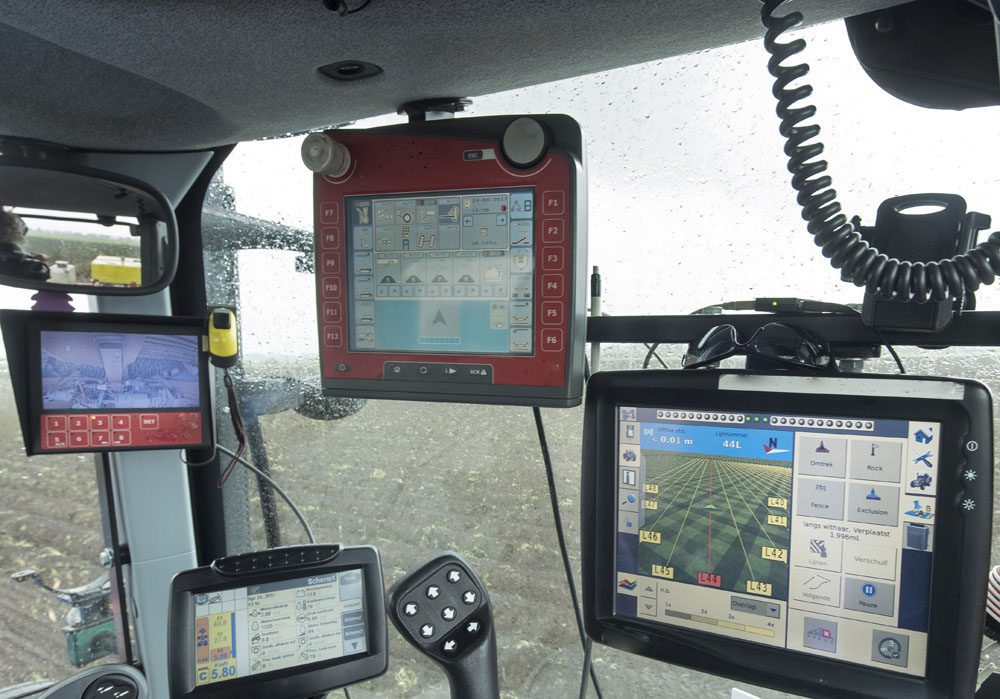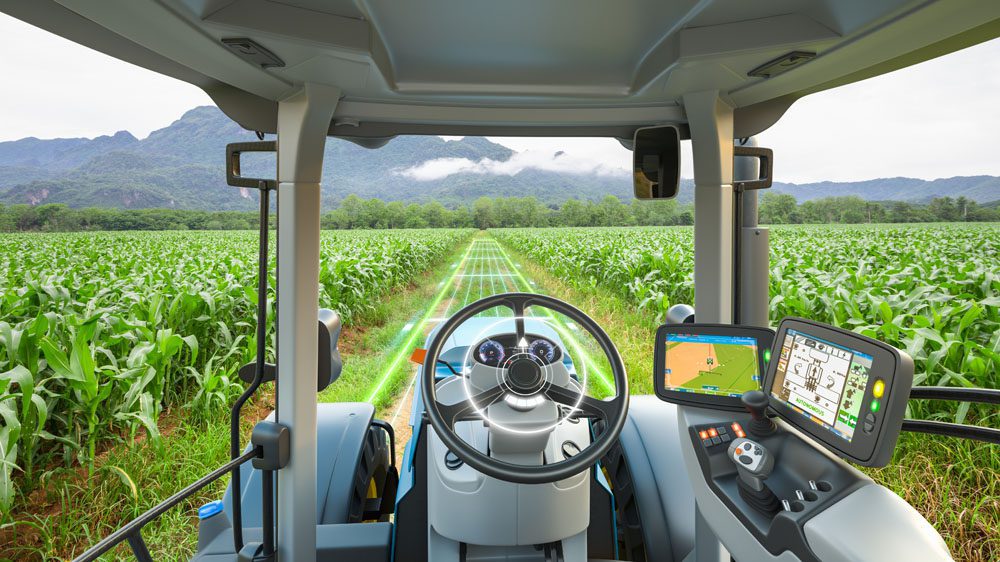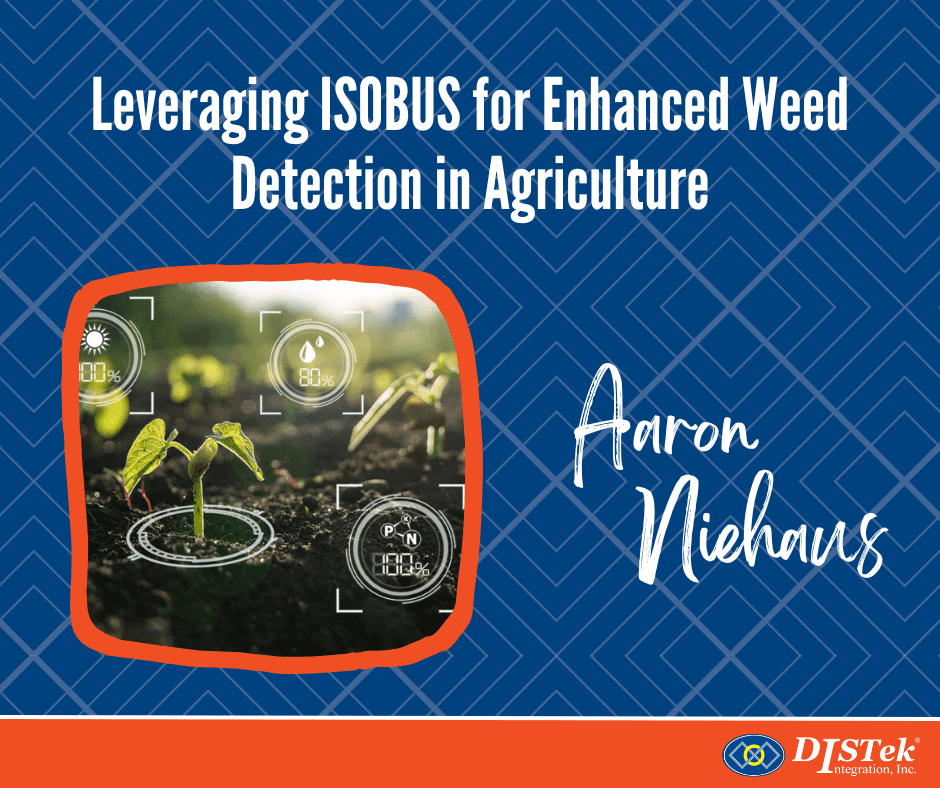Introduction to ISOBUS
In the world of precision agriculture, interoperability is key. The ability for different machines and systems to communicate seamlessly and efficiently optimizes farm work. ISOBUS is a robust standard developed to achieve this goal. ISOBUS is based on ISO-11783, a standard providing guidance for interfacing between Farm Management Information Systems (FMIS), tractors, and implements.
At the heart of ISOBUS is the Agricultural Industry Electronics Foundation (AEF), which owns and revises the ISOBUS standard. AEF was founded in 2008 by companies including John Deere, CNH, AGCO, and others.
ISOBUS is designed to standardize electrical connections and data exchange between agricultural implements and tractors. This allows different pieces of machinery, regardless of the manufacturer, to work together interchangeably. The benefits of adopting ISOBUS include:
- Precision application: Implementing variable rate control for planting, spraying, fertilization, and more.
- Automation & Efficiency: Reducing operator workload by managing sections, rates, and logging tasks.
- Interoperability: Allowing equipment from different manufacturers to work together seamlessly.
ISOBUS Components and Protocol
ISOBUS is based on the J1939 CAN protocol, a widely used standard in the commercial vehicle industry. This enables data communication between equipment such as tractors, combines, seeders, sprayers, and other implements. The ISOBUS also standardizes physical hardware. Namely, a physical 9-pin connector is used, and there are specific hardware requirements for the J1939 CAN bus. The bulk of the details within the ISOBUS standard lie in the software requirements.

An important element of ISOBUS software is the Virtual Terminal (VT). This entity is the device that farm personnel can interact with. J1939 links the VT with ECUs on the farming implement to coordinate data such as the current operating state, GPS information, and controls for the implement. Controls for the implement are set forth using the Task Controller, another key feature unique to ISOBUS.
The Task Controller, set forth by part 10 of the ISOBUS standard, allows for the management of farm tasks by linking implement machinery, sensors, and GPS systems. The Task Controller is responsible for managing the use of resources like tractors, implements, workers, and products, in line with ISO 11783-10 specifications. Task Controller functions include:
- TC-BAS: Basic task logging and data management.
- TC-GEO: GPS data mapping.
- TC-SC: Section control for managing individual sections of an implement, such as turning off sprayers in areas that have already been passed by the implement.
These features contribute to the efficiency and precision of farming operations, reducing waste and enhancing productivity. In a sprayer application, Task Controller allows for proper and even prescription of herbicide over crops.
Ethernet: An Emerging Technology in ISOBUS Development
One of the most exciting developments on the horizon for ISOBUS is the integration of Ethernet technology. In the present day, ISOBUS exclusively uses J1939 CAN. However, with the increasing complexity of modern agricultural machinery and the growing need for high-bandwidth applications, ethernet promises to bring significant advancements, including:
- Higher bandwidth for HD camera feeds, advanced sensors, and real-time diagnostics.
- Faster response times for improved safety mechanisms, automation, and better real-time decision-making.
- More complex architectures with multiple controllers, sensors, and displays.
- Telematics & cloud integration for more precise remote monitoring and analytics.
- Paves the way for full equipment autonomy with increased bandwidth between tractors and implements.
Ethernet’s high-speed capabilities will bring high-resolution cameras and other sensors into the implements. This opens the door to innovative applications to enhance precision farming, including computer vision systems that can detect and identify specific features in the field. Some of these are obstacle detection and finding weeds with sprayer implements.
ISOBUS and Camera Integration: The Future of Weed Detection
One of the most promising applications of Ethernet in ISOBUS is the potential to use cameras in combination with computer vision systems to detect weeds in real-time. This is particularly relevant in sprayer systems, where differentiating between crops and weeds can optimize chemical usage.

How It Works
Imagine a high-resolution camera mounted on a sprayer. This camera, connected through ISOBUS and Ethernet, would be able to capture video of the field as the sprayer moves through it. The video feed would then be processed by a computer vision system, which can distinguish between crop plants and weeds based on shape, color, texture, and other visual features.
When the camera identifies an area of the field where no weeds are present, the sprayer can automatically shut off, preventing unnecessary application of herbicides. Conversely, when weeds are detected, the sprayer can apply the chemicals precisely to those areas, minimizing herbicide application to crops. This is called site-specific spraying or variable rate spraying.
The advantages of such a system include:
- Reduced Chemical Use: Herbicide is only applied where needed, yielding cost savings and environmental benefits.
- Improved Crop Health: By avoiding the application of herbicides on crops, the system reduces the risk of crop damage.
- Increased Efficiency: The ability to detect and treat weeds in real-time allows farmers to spend less time on weed control.
The Role of Task Controller
Task Controller functions, such as TC-SC (Section Control), will be needed to implement these camera-based systems. With Section Control, different parts of the sprayer can be activated or deactivated based on the camera’s input. The Task Controller will enable and disable different sections of the sprayer depending on where weeds are present.
In combination with TC-GEO (GPS data mapping), the system can also track the location of the sprayer, ensuring that the application is precise and that no areas are missed or over-treated.
Conclusion: The Future of ISOBUS in Precision Agriculture
The integration of Ethernet technology into ISOBUS is poised to revolutionize precision agriculture, opening new possibilities for automation and efficiency. One of the most exciting applications is the use of high-resolution cameras, which expands possibilities to use computer vision systems for weed detection. This technology has the potential to significantly reduce herbicide use, protect crops, and improve overall farm management.
As ISOBUS continues to evolve, the combination of high-speed data transmission, advanced sensors, and task management systems will enable farmers to work more efficiently and sustainably. The future of agriculture is becoming increasingly digital and ISOBUS is at the forefront of this transformation.
As the ISOBUS technology continues to advance, DISTek is poised to drive the development of next-generation agricultural machinery with seamless ISOBUS integration. Our knowledge is grounded in years of experience working with the standard and active involvement in its ongoing development through participation in industry standards committees. Our engineering services support your product development from concept to deployment – reliably, efficiently, and to industry standards.
Reach out to our team to move your next project forward with confidence.






